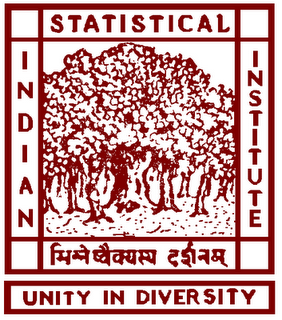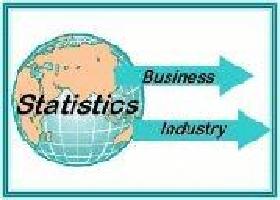




Abstract
How High the Hedge: Relationships Between Prices and Yields in the U.S. Federal Crop Insurance Program
by
Sujit K. Ghosh
Due to biological constraints, agricultural products are subject to seasonal production. Barring storage, production cycles imply steep supply curves after each growing season. Even if storage is admitted, the relationship between quantity and price should remain strong due to stable demands. This line of reasoning leads to the idea of the natural hedge; agricultural yields and prices are inversely related. The relationship between price and yield is a critical component of the federal crop insurance program, now the most expensive instrument of agricultural policy in the United States. Actuarial rules for federal revenue policies assume that correlation between yield and price is constant across all counties within a state and that dependence can be adequately described by the Gaussian copula. We use nonparametric measures of association, and a selection of bivariate copulas, to empirically characterize the dependence between prices and yields for all corn producing counties in the United States. A simulation analysis across copula types and parameter values exposes hypothetical impacts of actuarial changes.
Committee
Workshop
Key Dates
Communication
First Conference Link
Second Conference Link









